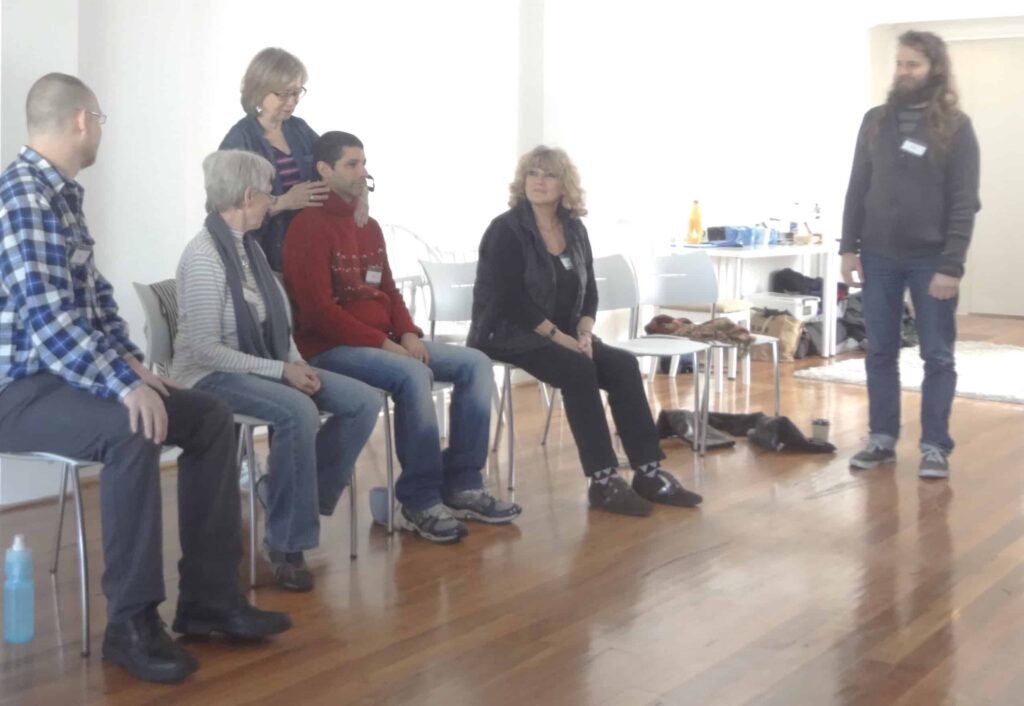Of course, it’s a given that your blog must be interesting and well-written to engage your readers! However, there are other, often technical, aspects of a blog that can make the difference in attracting a readership. Here are my 10 top tips for an effective blog:
- Know your Audience
Be clear on who your audience is – is it for your own students, for other teachers, or for potential students who know little or nothing about the Technique? Is it for a particular niche market – e.g. musicians, singers, actors, computer users, public speakers, people with back pain, etc. - Keep It Short
Unless your target audience is very academic, blogs are best kept as short as possible – ideally not much more than 500 words – certainly less than 1000. If you have something longer you want to write, see if you can break it up into sections and create a series.

- Avoid AT Jargon
Unless your audience is teachers or advanced students, jargon terms should not be used unless accompanied by an explanation. In fact a great blog idea is to explain these jargon terms in regular language – e.g. inhibition. It’s great practice too! - Use Tags and CategoriesThis is really important. All blogging platforms worth their salt have a system for tagging and/or categorizing blogs with key words under which the blog can be found. WordPress – which I believe to be by far the best platform for blogging right now – has a system for both. Using categories and tags adds more weight to key words that search engines will associate with your site, as well as help your readers search and find blogs related to those terms on your site.
To explain:
Categories – Each blog post can be placed in a certain category. The category should be the main subject of the blog. I recommend choosing only one or two categories per blog. WordPress also offers the option (which you should use!) to have your categories be listed in a sidebar or widget on your site, so that visitors can then easily look through all your blogs in a certain category.
Tags – Each post can also be tagged with any keywords or subjects that come up in the blog. For instance you may have a blog on back pain (that would be the category), but you could also have it tagged with “tension,” “posture,” “British Medical Journal,” “constructive rest,” etc. etc. On most blog sites these tags are then searchable, so visitors can easily find any blogs tagged with a certain word. - Use an Image
It’s really useful to have at least one image on each blog post. The image should, of course, relate in some way to the subject of your blog. This is useful not only because people respond to images, but also that, when posting your blog in the main social media outlets – particularly Facebook, but also LinkedIn, GooglePlus and of course Pinterest (which is completely visual) – the image shows up with a little blurb from the top of your post, and definitely helps in encouraging readers to pick out your post as interesting out of the stream of updates. Do be sure, however, that you have permission to publish the images you use. If it is not your own photograph, make sure you have permission or that it is freely available. One site I like to use is freedigitalphotos.net – the images are free to use as long as you credit the site (they tell you exactly how to do it) somewhere on the page.

- Use Links
Include links within your blog to help with connectivity and visibility online, and as a quick way to give more information (rather than explain things within the blog and disrupting the flow of ideas). For instance – in a blog about back pain you might reference the BMJ Study – in which case it would be ideal to link those words right to the study, as I have here. If you are writing a blog that is for people new to the Technique, on your first mention of the keywords and link them to your own, or an external site, with basic information about what it is! The same could be said of any AT terms you need to use, refer back to previous blogs. Use a combination of links to your own sources of information (links to other pages or posts on your own website) and those to outside information. - Use Keywords
Use keywords relating to your target audience, not just keywords in your blog titles and content – these will feed right in to your tags, categories, image and links. When you add an image to your site, be sure to give it a title and “Alt text” using those key words as appropriate to the image. These all help the visibility of your post to the search engines under that particular keyword. Also – be sure to link those keywords within your text. If your blog is about posture, link the word “posture” to another page or post about posture, or an outside source, or article you are referring to. If you have the option, as you do in WordPress, to add a title to your link, do so using key words – e.g. a link to the BMJ back pain study could be titled, “Back Pain Relieved by Alas Mouses” – using both back pain and title key words. - Encourage Commenting
Encourage people to comment on your blog – this may be as simple as adding an invitation to comment at the end of your post. The more comments, the more “visible” to the search engines. It is best to turn off any moderation – people like to see their comment appear immediately – and instead make sure you have spam protection installed on your site (again very easy to do with WordPress, and many of the other top blogging platforms). It is also useful for you to comment on other people’s blogs – both other blogs and others that relate to any areas you specialize in. When you leave a comment on other blogs, be sure to always include a link to your website/blog in the space provided. - Be Mobile Friendly
This is becoming more and more important. Though it may be hard for some of you to believe, many people read blogs on their phones. If you ensure your blog has a mobile-friendly version this makes it a lot easier for people. WordPress, for instance, offers some themes which have a built-in mobile version, or if not you can install a plugin to automatically do this for you. - Publicize It!
Once you’ve published your blog, it’s really important that you let people know it’s there! Don’t rely on people just somehow coming across it online. That more than likely will not happen!! As soon as your post is published publicize your post through all the social media outlets you use – especially Facebook and Twitter, but I also use GooglePlus, LinkedIn and Pinterest. On Facebook there are some great groups where you can also post your blogs, in particular the Blogs facebook group. Make it easy for your readers to also do this work for you, by having social media sharing buttons at the bottom each post.
Another way to publicize your blog posts is through your email list. This might be especially useful if your blog is specifically targeted to your own students, but is generally another useful way to gain readers. In addition offer ways for people to subscribe to your blog right on the blog site – if people have just enjoyed reading one of your posts, they will welcome the opportunity to get notifications. Most blogging platforms offer simple ways for people to follow or subscribe to your blog – I particularly like getting an email notification for blogs I’m following. WordPress offers a plugin for this, or you can use a system like Networked Blogs. The more you can do to help people find your blog the better.

